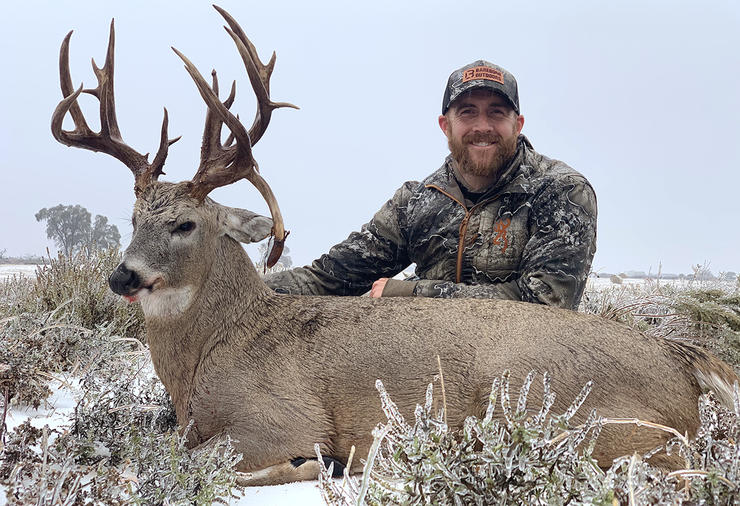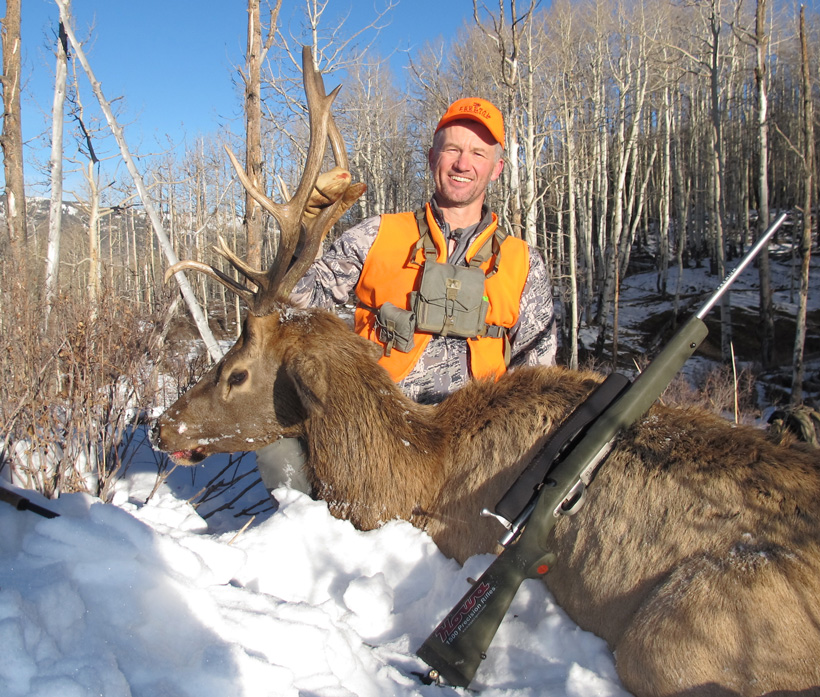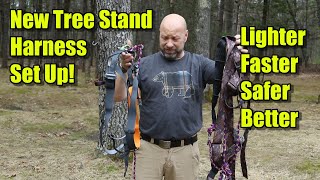
There are many different types of weather to consider when choosing the best time to hunt deer. The senses of deer are very finely tuned and they adjust their feeding and movement to compensate for changes in pressure. Hunting in the best weather conditions is not always the best. Here are some tips for choosing the right weather conditions to hunt deer. Avoid cold fronts, windy days and rainy spells. Choose sunny, dry days.
Cold fronts
These are the most important rules to follow when hunting. It is important to plan ahead. Hunters should plan their hunt for the day before a coldfront approaches. Hunting is most productive when temperatures have dropped 10 degrees or more over the previous day. This trend will continue for the next day.
Rain
Although hunters often believe that rain is the worst time to hunt deer it's the exact opposite. When hunting is limited, hunters should consider hunting in the rain. Rain allows deer to eat, and deer are less likely to move when the rain is heavy. Deer tend to move once the rain stops. There are some other things to keep in mind when hunting in rain.

Cool spells
You can increase your chances to capture the trophy by using cool spells. There are many ways to do this. An example of how wind affects an area is by looking at the water in a creek. The water flows around rocks and soil pockets. This behavior can increase your chances of success and help you to be more aware.
Windy days
Windy hunting days have their advantages and disadvantages. The wind can be favorable to hunters or harmful, but hunters should not use windy days to their advantage. To maximize your chances at securing a trophy, you need to know how to use wind to your advantage. Then you can start maximizing your chances of harvesting a deer. These are some tips that will help you make the most out of windy days.
Warm spells
When the weather is warm, deer often change their feeding habits. Deer prefer foods that are moist and more digestible during heat spells. In the late season, deer often favor a clover or wheat field as the growing conditions are ideal for these forages. Here are some tips to help you hunt deer during the warm season.
Moon overhead
When hunting deer, it is crucial to hunt during the solunar periods. The moon overhead or below the ground makes deer more agile, making it the best time of day to hunt them. Many hunting sources publish the moon phase, which makes utilizing it to your advantage. The rising and setting phases are the best times to go hunting, because this combination produces the best light for spotting deer.

Crepuscular periods
There are many reasons you should choose the right weather to hunt deer in the crepuscular time of the season. First of all, the wind makes it more difficult for the deer to notice the hunter, making stalking conditions ideal. It's a good idea not to hunt when there is wind. Windy days will cause deer to move more than on calm, nonwindy days. Therefore, hunt from the ground when hunting in winds.
Scent management
Hunting deer is a difficult task if you don't know how to manage your scent. To survive, whitetail deer depend on their senses of smell. Using scent management techniques to reduce your scent can help you approach older animals. There are many ways to manage your scent. However, the most important thing is hunting the wind. This requires you to be able to use the wind effectively. Avoid windy hunting days, because early mornings can be humid.
FAQ
What are the benefits of hunting?
Hunting is a tradition that many cultures have followed for centuries. It was used for food, clothing, shelter, tools, medicine, and other purposes. Modern hunters hunt not only for sport but also for recreation and food. The meat of hunted animals is typically eaten within minutes after they are killed, while skin, hair, feathers, bones and antlers can be sold as trophies.
Hunting is more than just a means to eat. It's also a way for you to live.
Hunting people have strong relationships and friendships. They spend time together. They share stories and memories at campfires and over meals.
Hunting is a way for hunters to enjoy the natural world and wildlife. This helps them to appreciate all that life has to offer.
When they take care of wild animals, they learn respect and responsibility.
Conservation helps hunters be better citizens. They are responsible for protecting habitats and species. They are able to understand the amount of land and water that is necessary for survival.
Hunters form part of a wider community. Their families depend upon them. They support one another. They support local businesses.
Hunters give back to society as well. Many hunters donate money to charities that assist children, the elderly, and veterans, among other causes.
Hunters can also donate their time to help people in need. They might volunteer their time with organizations like the Humane Society and the Red Cross.
How much does it take to hunt?
Hunting trips can be expensive depending on where you live, what type of wildlife is being targeted, and how big the animal that you are hunting.
The average cost of a hunting party for two people is $500 to $1,000 per person. This includes lodging, food and gas.
Certain areas have higher prices than others. Hunting during peak seasons such as the fall turkey and spring turkey seasons will result in higher prices.
Is it legal to hunt bears Alaskan?
Yes, bear hunting is legal in Alaska. Bear hunters may use traps and snares in order to capture them. Other hunters use dogs to find bears.
The Alaska Board of Game regulates bear-hunting. Before going out in the woods, hunters need to have a bear tags.
Bear hunting is popular in some places like Denali National Park and Preserve. There are even special guided hunts where tourists pay big bucks to shoot a bear.
Statistics
- Thanks to the 1937 Pittman-Robertson Act, an 11% excise tax was placed on the sale of firearms, which were then used for conservation. (stacker.com)
- Indiana, for example, saw a 28% jump in turkey license sales during the first week of the season. (stacker.com)
- Licenses dropped from a peak of roughly 17 million in the 1980s to 15 million in 2019, according to The Seattle Times. (stacker.com)
- In less than 20 years, Rhode Island saw a 40% drop in the number of hunting licenses for residents, according to The Valley Breeze. (stacker.com)
External Links
How To
How to build a Deer Blind
A deer-blind is a type de hunting device used to hide game animals like deer, elk, etc. It usually consists of an enclosed area made of wood or canvas that is covered with branches, leaves, and sometimes covered with leaves. The hunter hides in the enclosure and waits to see if the animal passes. A deer blind is often used when hunting at night.
Deer blinds come in many shapes and sizes. Some are portable, while others are permanently fixed. They are made from materials such as plywood, cardboard and plastic.
The most commonly used type of deerblinds is the box blind (also called box stand), which consists of a wooden box with roof and walls. Boxes are popular due to their ease of construction and transportation.
A tree stand is another type of deer blind. Tree stands can be made natural to appear natural, so people won't suspect that they are there. Most tree stands can be permanently attached to trees.
Ground blinds are another type. They are similar to tree stands but are built into ground. Ground blinds can be camouflaged using grass, dirt or rocks. Ground blinds also sometimes go by the name "ground boxes".
There are several ways to hunt with deer blinds. One way is to sit still and wait for the animal to approach. Another way is to move around and try to scare the animal away. You should be quiet and not move too much if this is the method you choose. This could lead to an animal believing you are a threat and running off.
You will need to locate a spot where you can use the blind. Choose a spot that isn't likely to blow your scent towards animals. Avoid areas where people often hike.
You should also know how to set up the blind properly. This is because you don't want the animal to run away from you.